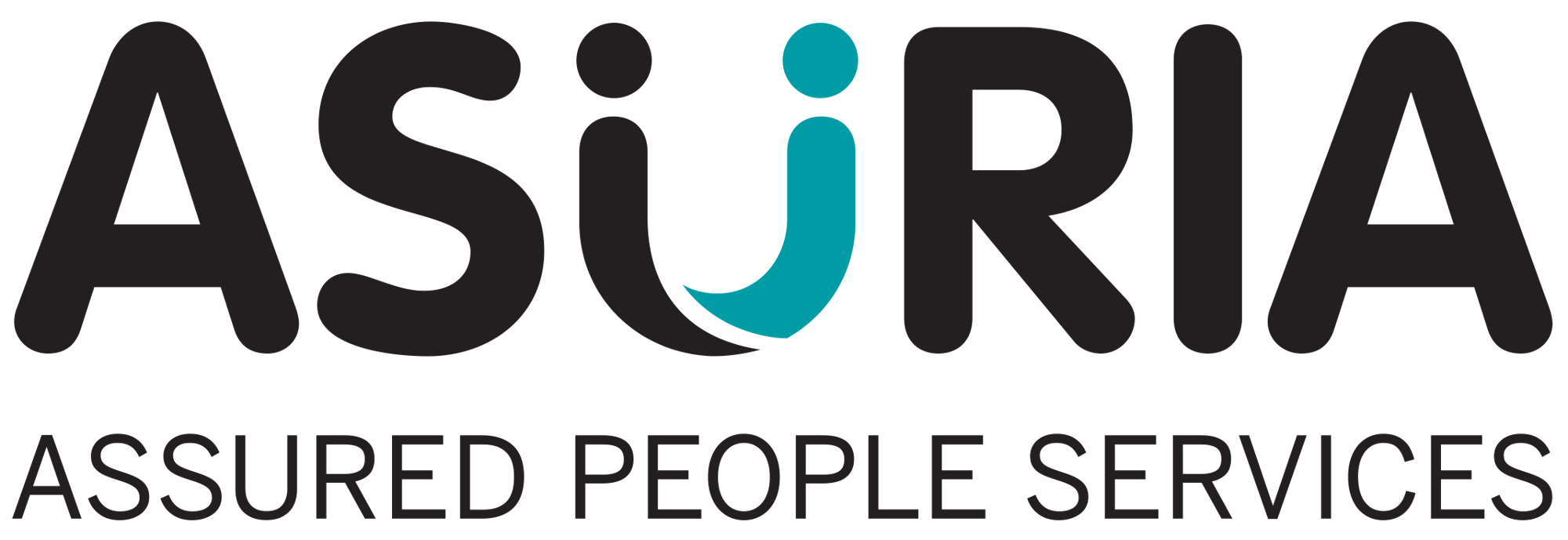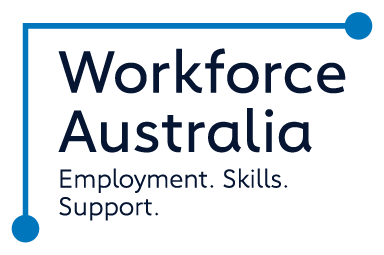If there was a one-size-fits-all method for helping all employees to thrive, cultivating happy workers would be easy. But levels of ability and disability are unique to each individual. The key to helping a person with a disability thrive and feel motivated is to discover the right combination of accommodations. Most accommodations are simple, innovative alternatives for accomplishing traditional ways of doing things.
In this article, we’ll look at some tips for employers improving the work environment for people facing different types of challenges. Depending on an individual’s needs, you might try combining several of these strategies.
Emotional Disability
In any given year, 1 million Australian adults have depression and 2 million will experience anxiety. The chances are that some of your employees, friends or loved ones will struggle with these challenges from time to time. The following tips can help you to motivate them and help them achieve their personal work goals.
1. Be Sensitive to Emotional Stress and Triggers
Like many disorders, anxiety and depression run along a spectrum. Most people feel some pressure when they stand up in front of a roomful of colleagues to give a presentation. But for people with an emotional disability, everyday stressors like this can trigger more pronounced consequences.
Talk with your employees and find out what activities could trigger such a response. Here are some of the most common:
Public speaking
Talking with authority figures
Taking on new challenges and responsibilities
Appearing visibly anxious to others
Perfectionism.
Work to make accommodations for employees who experience these triggers. For example, you might ease them into new responsibilities at a more gradual pace than you usually would.
2. Set Clear Boundaries and Expectations
For a person experiencing challenges with mental health, ambiguous instructions and guidelines can lead to a lack of motivation. Without clarity, the employee might feel paralysed by the thought of doing the wrong things.
Clear up any confusion by providing written instructions about responsibilities, deadlines, personnel and workplace norms. Checklists can help to keep an employee’s focus on the task at hand instead of worrying about doing something incorrectly.
3. Make Regular Private Appointments With the Employee
Meet with the employee privately on a regular basis to find out if there are issues that can be addressed before they become unmanageable. An ounce of prevention truly is worth a pound of cure.
During these meetings, always remain friendly and upbeat. Reward and compliment excellent performance, pointing out specific ways the employee has met or exceeded expectations. 
Intellectual Disability
A person is considered to have an intellectual disability in Australia if their IQ falls below 70. Such disabilities can affect a person’s capacity to learn, retain information, communicate and undertake work activities. Notwithstanding these limitations, many people with intellectual disabilities regularly perform their jobs well, especially when accommodations are made. Let’s look at a few suggestions for creating a positive work environment for people with intellectual disabilities.
4. Use Multiple Methods to Deliver Information
Some people will learn their responsibilities more quickly when they receive the information in several different ways. For example, you might explain a task in person, show the employee a video, and print written instructions as well. This varied reinforcement can assist employees with their training and provide back-up information they can refer to on the job.
5. Avoid Using Sarcasm and Subtle Humour
People with an intellectual disability may find it difficult to understand sarcasm or subtle humour, and if you use it frequently, they could feel confused. Instead, be literal in your communication and present information in a clear, easy-to-understand manner.
6. Offer Cues for Transitions
You can help make transitions easier for a person with an intellectual disability by offering cues that something is about to happen. A simple comment like, “we have five minutes left until our meeting is over,” will help keep employees on task and ready for what comes next.
7. Use Role-Playing and Modelling to Increase Confidence
Employees might appear to be unmotivated when really, they’re just unsure of what to do. By modelling and role-playing different scenarios, you can give your employees confidence. For instance, if an employee gets flustered when asked an unusual question by a customer, model how you would like the conversation to go, and then allow the employee to practice it until it’s comfortable.
Physical Disability
Physical challenges may be acquired because of an injury or illness, or they may be congenital. They vary substantially from vision impairments to musculoskeletal issues. As with emotional and intellectual disabilities, physical disabilities typically require some accommodations in the workplace. These tips can help in your management of employees with physical challenges.
8. Always Speak Directly to the Employee, Not to the Interpreter or Care Attendant
Interpreters or care attendants may accompany some employees during their work shifts. When speaking with a person who is deaf or hard of hearing, don’t look at the interpreter during the conversation. Instead, direct your comments and attention to the employee.
9. Try a Run-Through of Your Employee’s Day
If your employee uses a wheelchair or other physical accommodations, take a close look at their workspace and discuss with them how it functions from their perspective. You might be surprised by how much is invisible at a different height, or what doesn’t function without able-bodied motion.
Do you need to reposition signage or instructions? Can they reach the necessary tools and equipment? Are any work areas difficult to access? When a workspace is highly functional, employees are motivated and productive.
10. Keep Expectations High
Nothing squashes culture like low expectations. For example, many people with cerebral palsy report that they constantly feel the need to prove their capabilities, both inside and outside the workplace.
Set a tone of high expectations for your employees, and help your entire team treat each other with respect. Give challenging intellectual tasks to your workers with physical disabilities. They will appreciate your confidence in them.
For more ideas about motivating a person with a disability, reach out to us at Asuria. We can also help you to find suitable candidates for your employment needs.








